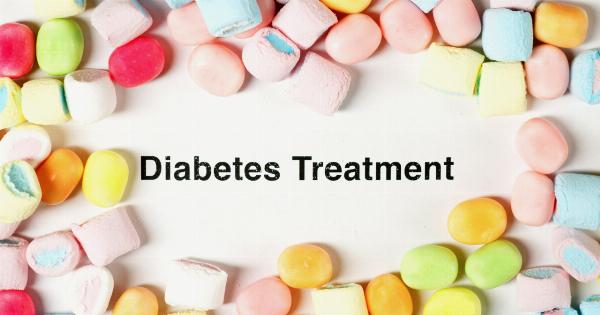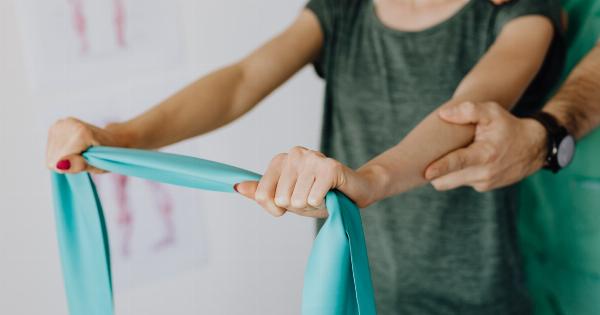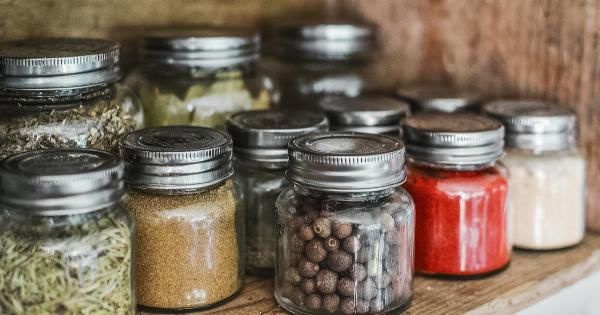Thrombosis, commonly known as blood clotting, is a serious medical condition that can have life-threatening consequences. It occurs when blood clumps together and forms a clot within a blood vessel.
These clots can block the blood flow to vital organs, leading to severe complications such as heart attack, stroke, and deep vein thrombosis (DVT). Fortunately, there are several preventative measures you can take to reduce the risk of thrombosis and safeguard your health. In this article, we will discuss some life-saving strategies to prevent thrombosis and promote overall well-being.
1. Stay Active
Regular physical activity is crucial in preventing thrombosis. Exercise helps improve blood circulation, keeping the blood flowing smoothly in your veins and arteries.
Aim for at least 30 minutes of moderate-intensity exercise, such as brisk walking, biking, or swimming, on most days of the week. If you have a sedentary job, make an effort to move around and take breaks regularly to avoid prolonged sitting.
2. Maintain a Healthy Weight
Obesity and excess weight can increase the risk of thrombosis. Losing weight through a balanced diet and regular exercise can significantly reduce this risk. Focus on consuming a variety of fruits, vegetables, whole grains, and lean proteins.
Limit the intake of saturated and trans fats, salt, and added sugars. Consult a healthcare professional or a registered dietitian for personalized advice and guidance.
3. Quit Smoking
Smoking damages the blood vessels and makes blood more prone to clotting. It also decreases the amount of oxygen available in the blood, further exacerbating the risk of circulatory problems.
Quitting smoking is one of the most important steps you can take to protect yourself from thrombosis and other serious health conditions. Seek support from healthcare professionals, engage in smoking cessation programs, or join support groups to increase your chances of success.
4. Stay Hydrated
Proper hydration plays a significant role in preventing thrombosis. When you are dehydrated, your blood becomes thicker and more prone to clotting. Aim to drink at least eight glasses of water or other non-alcoholic, non-caffeinated fluids daily.
Remember to increase your fluid intake during hot weather or when performing physically demanding activities.
5. Manage Chronic Conditions
Chronic conditions such as diabetes, high blood pressure, and high cholesterol increase the risk of thrombosis. Managing these conditions effectively through regular check-ups, medication, and lifestyle changes can help prevent blood clots.
Follow your doctor’s recommendations, take prescribed medications as directed, and adopt a healthy lifestyle to keep these conditions under control.
6. Pause for Movement
If you find yourself sitting or standing for long periods, make a conscious effort to pause and move your legs and feet.
Simple activities like stretching, flexing your ankles, and taking short walks can help improve blood circulation and prevent the formation of blood clots.
7. Wear Compression Stockings
If you are at a high risk of developing blood clots, your doctor may recommend wearing compression stockings. These specially designed stockings apply pressure to your legs, helping to promote blood flow and prevent swelling and clotting.
Follow your doctor’s instructions regarding the type of stockings, how long to wear them, and when to remove them, if necessary.
8. Follow Medication Instructions
If you are prescribed medication to prevent thrombosis, such as anticoagulants (blood thinners), it is crucial to follow the instructions precisely.
Take the prescribed dosage at the recommended times and do not skip or modify the dosage without consulting your doctor. Blood thinners can help prevent the formation of blood clots and reduce the risk of complications.
9. Take Frequent Breaks During Travel
Long-haul flights, road trips, and extended periods of sitting during travel can increase the risk of thrombosis. Combat this by taking frequent breaks to stretch your legs and move around.
If you are confined to a seat for a long time, perform exercises like ankle circles, toe raises, and leg extensions. Wearing compression socks during travel can also be beneficial.
10. Be Aware of Family History
Some individuals have an increased genetic predisposition to developing blood clots. If you have a family history of thrombosis or a known genetic clotting disorder, it is essential to inform your healthcare provider.
They can assess your risk and provide guidance on preventative measures, including medications or lifestyle modifications that may be necessary.
By implementing these preventative measures, you can significantly reduce your risk of thrombosis and its associated complications.
However, it is important to note that every individual is unique, and certain factors may increase your risk despite these precautions. Regular check-ups with your healthcare provider can help identify any potential risks and provide tailored advice for your specific needs.





























